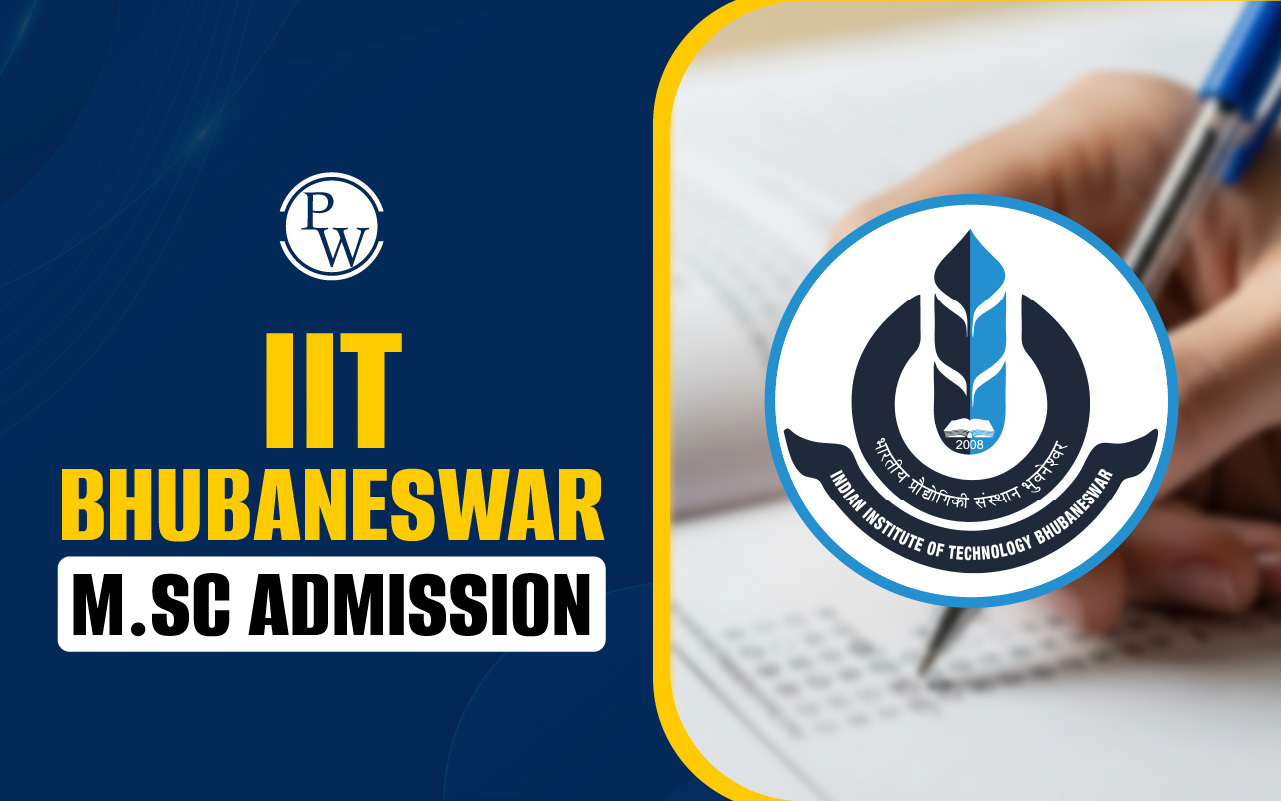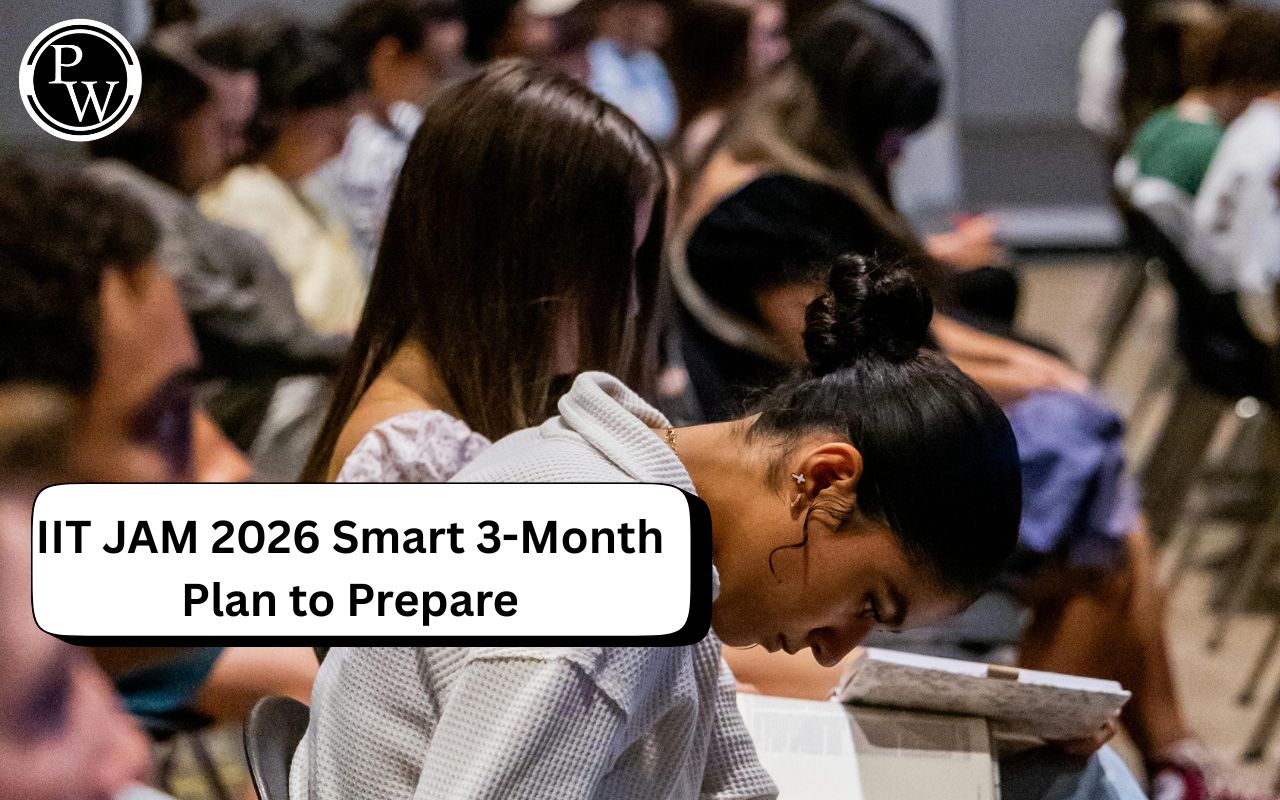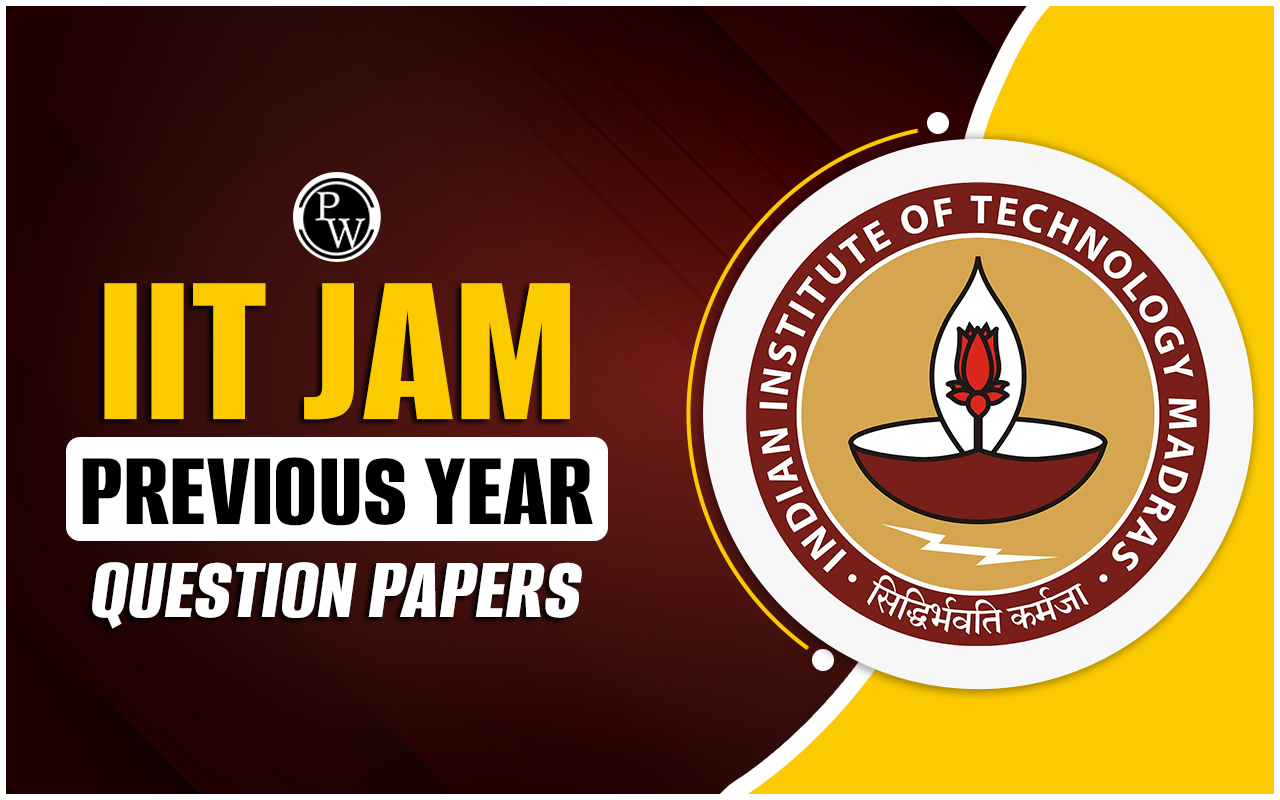
IIT JAM Geology Exam Pattern 2026: The IIT JAM is the Joint Admission Test for students looking to pursue M.Sc. It is one of the most important exams for students aiming to pursue postgraduate studies in science at the Indian Institutes of Technology (IITs). Among its many subjects, Geology is highly sought after by students who wish to specialise in Geology for M.Sc., M.Sc.-Ph.D. dual programs, or other allied courses.
Understanding the IIT JAM Geology Exam Pattern 2026 is important for students to plan their preparation effectively. Knowing the number of questions, types of questions, marking scheme, and negative marking rules can help candidates improve accuracy, manage time, and score well.
IIT JAM Exam Pattern 2026
As per the IIT JAM Exam Pattern 2026, the exam will be held in a computer-based test (CBT) mode. There will be 7 subjects for the exam, and the medium of the questions will be English. Candidates will get three hours to complete the paper, which contains a total of 60 questions carrying 100 marks.
The question paper is organised into three parts:
-
Section A: 30 Multiple Choice Questions (MCQs)
-
Section B: 10 Multiple Select Questions (MSQs)
-
Section C: 20 Numerical Answer Type (NAT) questions
For MCQs, marks will be deducted for wrong answers. There is no negative marking for incorrect answers in the MSQs and NATs section. Candidates belonging to the Persons with Disabilities (PwD) category will be given an extra hour as per the official Government of India guidelines.
IIT JAM Geology Exam Pattern 2026 Overview
The IIT Joint Admission Test for M.Sc. (IIT JAM) 2026 is a national-level entrance examination conducted for students who wish to pursue postgraduate science programs. It serves as a gateway for admission to various post-bachelor’s degree courses offered by the Indian Institutes of Technology (IITs) and other participating institutes.
The IIT JAM 2026 Exam is expected to be conducted tentatively on February 15, 2026. The paper will include Multiple Choice Questions (MCQs) and Numerical Answer Type (NAT) questions, designed to assess candidates’ understanding of key scientific concepts and analytical skills.
The table below presents the IIT JAM Exam Pattern 2026 Overview:
| IIT JAM Exam Pattern 2026 Overview | |
| Particulars | Details |
| Exam Name | IIT JAM |
| Full-Form | Indian Institutes of Technology Joint Admission Test |
| Post Category | IIT JAM Geology Exam Pattern 2026 |
| Exam Types | Post-Graduate Degree Level |
| Exam Level | National |
| Courses Offered | Post-Bachelor’s Degree Courses |
| Eligibility | Candidates appearing for the exam should have a bachelor's degree. Foreign nationals having Indian degrees are also eligible. |
| Exam Mode | Online |
| IIT JAM Exam Date 2026 | 15 February 2026 |
| Exam Duration | 3 Hours |
| IIT JAM Geology Total Questions | 60 |
| Total Marks | 100 |
| Question Type | Multiple Choice Questions (MCQs) |
IIT JAM Geology Marking Scheme
The marking scheme related to the IIT JAM Geology Exam Pattern 2026 is designed to reward accurate answers and proper understanding. The distribution of marks is provided below:
-
MCQ Type Questions: Usually carry 1 or 2 marks each.
-
MSQ Type Questions: Can carry 2 or 3 marks, depending on the question.
-
NAT Type Questions: Carry 1 or 2 marks.
IIT JAM Geology Negative Marking
Negative marking is applied only to MCQs. For incorrect answers in MCQs:
-
For the MCQs that are allotted 1 mark, 1/3 mark is deducted for a wrong answer.
-
For the MCQs carrying 2 marks, 2/3 marks are deducted for a wrong answer.
IIT JAM Geology Syllabus 2026
The syllabus for IIT JAM Geology covers a broad range of topics from Geomorphology, Palaeontology, Mineralogy, Petrology, and more. The details of the Syllabus related to the IIT JAM Geology Exam Pattern 2026 are provided in the table below:
| IIT JAM Geology Syllabus 2026 | |
| Subjects | Details |
| The Planet Earth | Origin of the Solar System and the Earth; Internal structure, composition, and age of the Earth; Pressure-temperature-density variations within the Earth; Principles of radiometric dating (Rb-Sr, Sm-Nd, 14C); Volcanism and volcanic landforms; Earthquakes |
| Geomorphology | Weathering, erosion, deposition; Endogenous and exogenous processes of landform development; Soil formation; River and drainage basin/drainage pattern, network characteristics; Fluvial, aeolian, marine, glacial and karst landforms |
| Structural Geology | Concept of dip, strike, rake and plunge; Contour lines; Rule of ‘V’s and outcrop patterns; Interpretation of geological maps; Cross-section construction; Classification and origin of folds, faults, joints, unconformities, foliations and lineations |
| Paleontology | Major stages in the evolution of life forms; Fossils and their mode of preservation; Application of macrofossils in age determination and paleoenvironmental interpretations; Morphology, major evolutionary trends and ages of important groups of invertebrates |
| Stratigraphy | Principles of stratigraphy; Litho-, chrono and bio-stratigraphic classification; Stratigraphic correlation techniques; Archaean cratons of Peninsular India (Dharwar, Singhbhum and Aravalli); Proterozoic mobile belts; Stratigraphy of Cuddapah and Vindhyan basins |
| Mineralogy | Symmetry and forms in common crystal classes; Miller indices; Twinning and twinning laws; Isomorphism, polymorphism, solid solution and exsolution; Elements of Optical Mineralogy |
| Petrology | Igneous rocks, Sedimentary and Metamorphic Rocks - classification, texture, and structure |
| Economic Geology | Physical properties of common economic minerals; Processes of formation of ore mineral deposits-magmatic concentration, hydrothermal processes, oxidation and supergene sulphide enrichment, residual and mechanical concentration |
| Applied Geology | Basics of groundwater geology; Types of aquifers, porosity and permeability; Groundwater flow; Principles of engineering geology; Geological considerations in the construction of dams and tunnels; Basics of remote sensing |
IIT JAM Geology Exam Pattern 2026 is designed to test a candidate’s overall knowledge in Geology, combining MCQs, MSQs, and NATs. The Geology Syllabus covers topics such as Geomorphology, Palaeontology, Mineralogy, Petrology, Economics and Applied Geology, and more
The marking scheme is awarded to correct answers, while negative marking for MCQs is ensured for careful answering. Knowing the pattern, syllabus, and marking details in advance helps students plan study schedules, practice efficiently, and attempt the exam strategically.









